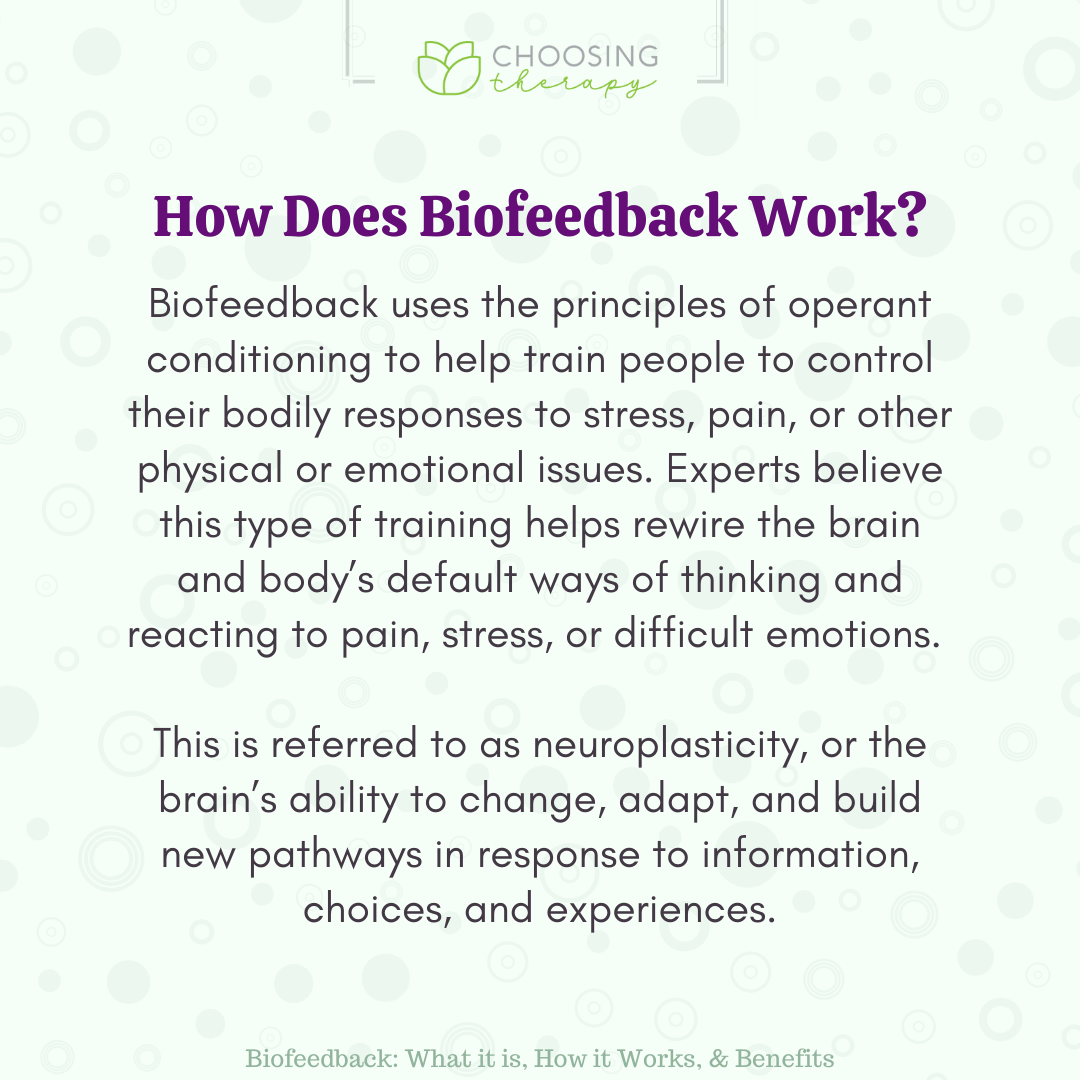Utilizing the Potential of Bio-Feedback to Revolutionize Chronic Discomfort Control and Enhance Quality of Living
Utilizing the Potential of Bio-Feedback to Revolutionize Chronic Discomfort Control and Enhance Quality of Living
Blog Article
Persistent pain is a condition that affects countless of individuals around the globe. It can be triggered by various elements, including injuries, illnesses, or even anxiety. For many individuals, managing chronic pain can be a constant challenge that affects their quality of life. Conventional treatments often include medications, physiotherapeutic therapy, and occasionally surgery. However, these approaches do not always provide the alleviation that patients desire. Lately, biofeedback has emerged as a potential option for controlling chronic pain and improving overall health.
Biofeedback is a method that teaches patients how to manage specific bodily functions by utilizing signals from their own physiology. This method includes using sensors that monitor physiological functions such as heart rate, muscle tension, and skin temperature. By offering real-time feedback, individuals can learn to identify their body's responses to pain and stress. This awareness allows them to develop strategies to manage their pain more effectively. For instance, if a person notices that their muscle tension increases when they are in pain, they can utilize relaxation techniques to help reduce that tension.
One of the primary benefits of biofeedback is that it empowers patients to take an active role in their pain management. Instead of relying solely on medications or treatments from medical providers, individuals can learn to understand and control their own bodies. This sense of control can lead to increased confidence and a more positive outlook on life. Many patients report feeling more in charge of their pain and less like victims of their condition. This shift in mindset can significantly enhance their quality of life.
Research has shown that biofeedback can be effective in reducing chronic pain symptoms. Studies indicate that patients who use biofeedback techniques often experience less pain and improved physical ability. Additionally, biofeedback can help lessen anxiety and stress, which are frequent concerns for those living with chronic pain. By tackling both the physical and psychological aspects of pain, biofeedback offers a comprehensive approach to pain control. This integrated method can lead to superior outcomes for individuals, allowing them to participate more completely in their routine activities.
In summary, biofeedback is a significant tool for revolutionizing chronic pain control. By educating web individuals to understand and control their physiological reactions, biofeedback enables individuals to take charge of their pain. This approach not only helps reduce pain but also enhances overall standard of life. As more individuals look for options to traditional pain management methods, biofeedback stands out as a promising option. With continued investigation and awareness, biofeedback could become an integral part of chronic pain therapy, helping individuals lead healthier, more fulfilling lives.